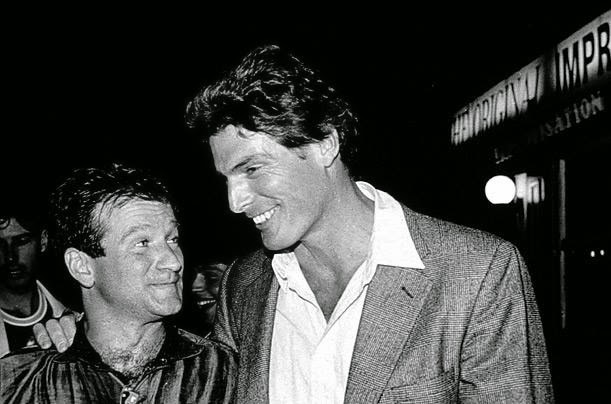EDITORIAL
This last weekend of August really caught me in the middle of "la rentrée", as the French call it. I've just come back from my holidays and somehow, I'm still in a different rhythm/state-of-mind that prevented my from delivering to you an extra-large, large or medium edition of The Procrastinator. This one will be a small one, but a very very nice one as, aside from the necessary (and specially dense this week) news section, there are my favorite sections: Culture & Entertainment, introducing Miranda July's new app, and some interesting Anaïs Nin thoughts on writing, Our Weekly Procrastination at the Oscar Muñoz exhibition "Protographs" @ Jeu de Paume Museum in Paris, In Dog We Trust sharing 28 ingenious things for your dog you had no idea you needed, and the letter C of ABC: Artist, Book, Celebrity.
Hope you enjoy this little edition. Happy reading, happy Sunday et bonne rentrée pour tous!
NEWS
 |
| Daily Show Video Still. |
Even of you have been on extended holidays you have to heard something about the shooting of Michael Brown, an unarmed black teenager, by a white police officer, in Ferguson, Missouri; about the justified protests that started demanding justice; and, of course, about the disproportionate response of the local police to the protests. If you don't know anything about this case, or if you want to watch a pretty critical summary of the Ferguson situation, the media coverage and what it means to be black in America, Jon Stewart is, of course, your man. “Race is there and it is a constant. You’re tired of hearing about it? Imagine how f***ing exhausting it is living it”. Watch the video and read The Independent's article. E.T.P. 11'
 |
| Video still via NPR. |
"The Ebola epidemic in West Africa is out of control, a major reason is corpses. Health Department teams can't pick them fast enough, and it's not easy to watch." This is how starts the visual reportage made by NPR about the body collectors in Monrovia, Liberia's capital. Nurith Aizenman writes about one of the most dangerous jobs in the time of ebola.
"When I wake up in the morning, I will pray to God to give me strength and focus," says 21-year-old Sorie Fofana.
His job is collecting the bodies of those who die from Ebola in Monrovia, Liberia's capital city of roughly 1 million people. Before, Fofana was an artist, making designs for T-shirts. The new job pays better — $1,000 a month. But every morning, the lanky, laid-back Fofana has to steel himself to go out and do the job." Read full article and watch the video in NPR. E.T.P. 10'
 |
| Photo: @spiritusdivino in Twitter via Dazed. |
Raising awareness for Gaza: "While the West chucks endless buckets of water around, Palestinians have responded with their own version of the craze – the Rubble Bucket Challenge. The idea is simple: raise awareness for the political situation in Gaza by replacing ice and water with debris from bombed-out buildings.
Palestinian journalist Ayman al-Aloul and Jordanian comedian Mohammed Darwaza have spearheaded the movement, with both releasing videos of themselves pouring rubble on their heads.
"We looked for a bucket of water, however the use of water is more important than to go over our heads," Aloul says in his video. "This challenge is for all people who sympathise with the Palestinian people. We ask for solidarity from those who have followers and audience." Read full article in Dazed. E.T.P. 4'
 |
| Photo via BBC. |
Devastating chronicle by Lina Sinjab in BBC: Hope fades for Syrians one year after chemical attack.
"It is to the world's shame that it witnessed such a massacre and remained unmoved. We don't seem to matter to anyone. This issue about human rights and democracy is only a lie that the West and UN use when it suits their interests." Read full article in BBC. E.T.P. 4'



























